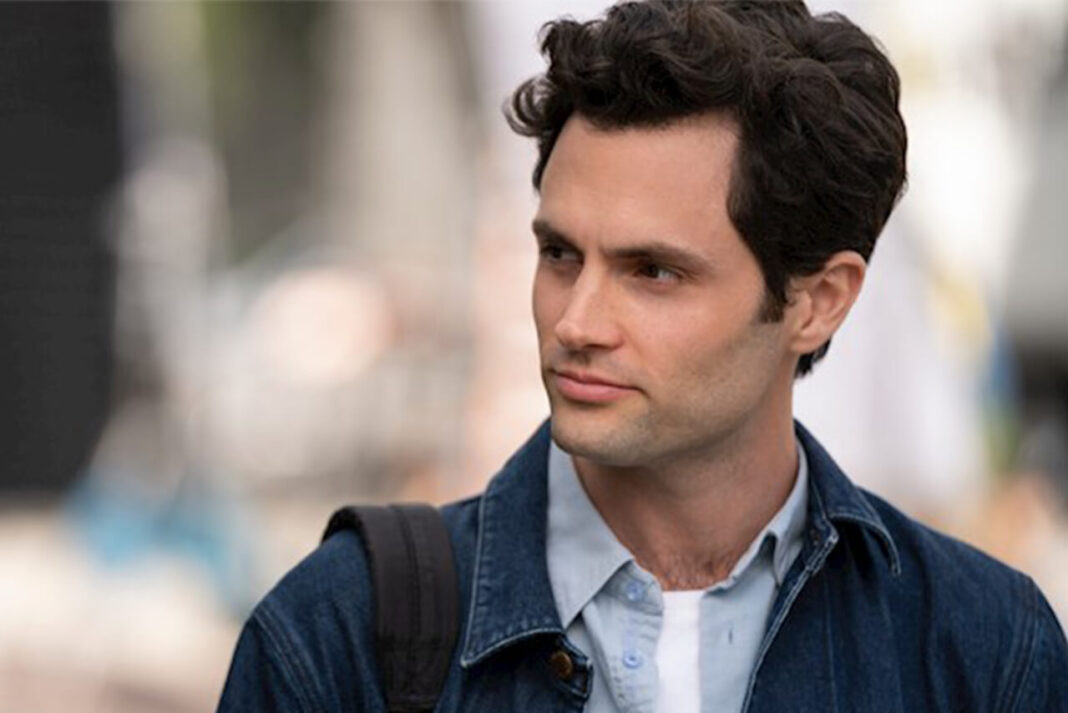The Netflix series You reflects modern digital relationships and questions the boundaries of romance. Joe Goldberg seems like a lonely man searching for love, but his “love” becomes obsession-marked by manipulation, stalking, and even murder. Ethical evaluations alone are not enough; psychological theories, especially attachment theory, help explain Joe’s pathological relationships.
Attachment Theory: Traces of the Past, Today’s Patterns
Attachment theory is one of the most fundamental frameworks for understanding the psychological building blocks of human relationships. John Bowlby (1969), the founder of the theory, argued that a child’s attachment to their caregiver not only meets physiological needs but also establishes a core psychological safety zone.
Attachment, according to Bowlby, is more than an instinct for survival-it profoundly shapes identity, emotional regulation, and relational patterns. The quality of this bond depends on environmental stability and caregiver responsiveness.
Mary Ainsworth expanded on this theory with her Strange Situation study (Ainsworth et al., 1978), identifying four key attachment styles:
-
Secure Attachment: The infant is distressed by separation but calms quickly upon the caregiver’s return. In adulthood, this style supports emotional intimacy, healthy boundaries, and stability.
-
Anxious (Ambivalent) Attachment: The infant reacts intensely to separation and struggles to self-soothe. Adults with this pattern often seek constant validation, fear abandonment, and experience jealousy (Cassidy & Shaver, 2008).
-
Avoidant Attachment: The infant appears emotionally indifferent but experiences internal stress. In adulthood, these individuals tend to suppress emotions and avoid closeness.
-
Disorganized Attachment: Emerging in chaotic or abusive caregiving environments, this style combines fear and longing. The caregiver is both a source of safety and threat. In adulthood, this manifests as trust issues, emotional dysregulation, and erratic relationship patterns (Main & Solomon, 1990).
Research by Hazan and Shaver (1987) shows a clear continuity between early attachment styles and adult romantic behavior.
Joe’s Attachment Pattern: Obsessive Intimacy and Boundary Violation
Joe exhibits characteristics of disorganized attachment, mixed with elements of anxious-preoccupied styles. His traumatic childhood-marked by neglect and violence-leaves him with unresolved emotional wounds. As an adult, he equates love with possession and control.
What begins as romantic interest in Beck quickly escalates to obsession: he stalks her, invades her privacy, and isolates her socially. These actions reveal his deep abandonment fears and a compulsive need to dominate the relationship.
To Joe, love is not mutual-it is about control and idealization. He does not see his partners (Beck, Love, Marienne) as real people, but as savable fantasies. His version of love suppresses individuality and autonomy, turning connection into captivity.
A Fictional Bond, Not a Mutual One
Joe’s emotional bond is built not on reciprocity, but on projection. He positions himself as a savior, using love as a mask for unresolved trauma. In psychological terms, this reflects pathological relationships rooted in obsessive attachment patterns and emotional dependency.
Rather than building intimacy, the relationship serves to fill his internal voids and maintain the illusion of security.
Social and Therapeutic Reflections
Joe’s story is not just about one man’s delusion-it reflects how unhealthy attachment dynamics can be glamorized. Behaviors such as stalking or possessiveness are too often framed as “romantic intensity,” when in fact they signal danger.
You becomes an opportunity to explore how society normalizes boundary violations, and how recognizing attachment theory in media narratives can foster deeper awareness of what healthy love looks like.
Conclusion
Joe Goldberg exemplifies how unresolved childhood trauma and insecure attachments can evolve into pathological relationships in adulthood. Through the lens of attachment theory, his behavior is not simply villainous, but rooted in psychological dysfunction.
However, attachment styles are not fixed. Through therapy, mindfulness, and safe relational experiences, even deeply ingrained patterns like disorganized attachment can change. Joe’s story reminds us that understanding our emotional blueprints is key to building real, respectful connections.
References
-
Ainsworth, M. D. S., Blehar, M. C., Waters, E., & Wall, S. (1978). Patterns of attachment: A psychological study of the strange situation. Lawrence Erlbaum.
-
Bowlby, J. (1969). Attachment and loss: Vol. 1. Attachment. Basic Books.
-
Bowlby, J. (1982). Attachment and loss: Retrospect and prospect. American Journal of Orthopsychiatry, 52(4), 664–678.
-
Cassidy, J., & Shaver, P. R. (Eds.). (2008). Handbook of attachment: Theory, research, and clinical applications (2nd ed.). Guilford Press.
-
Hazan, C., & Shaver, P. R. (1987). Romantic love conceptualized as an attachment process. Journal of Personality and Social Psychology, 52(3), 511–524.
-
Main, M., & Solomon, J. (1990). Procedures for identifying infants as disorganized/disoriented during the Ainsworth Strange Situation. In M. T. Greenberg, D. Cicchetti, & E. M. Cummings (Eds.), Attachment in the preschool years: Theory, research, and intervention (pp. 121–160). University of Chicago Press.
-
Mikulincer, M., & Shaver, P. R. (2016). Attachment in adulthood: Structure, dynamics, and change (2nd ed.). Guilford Press.


